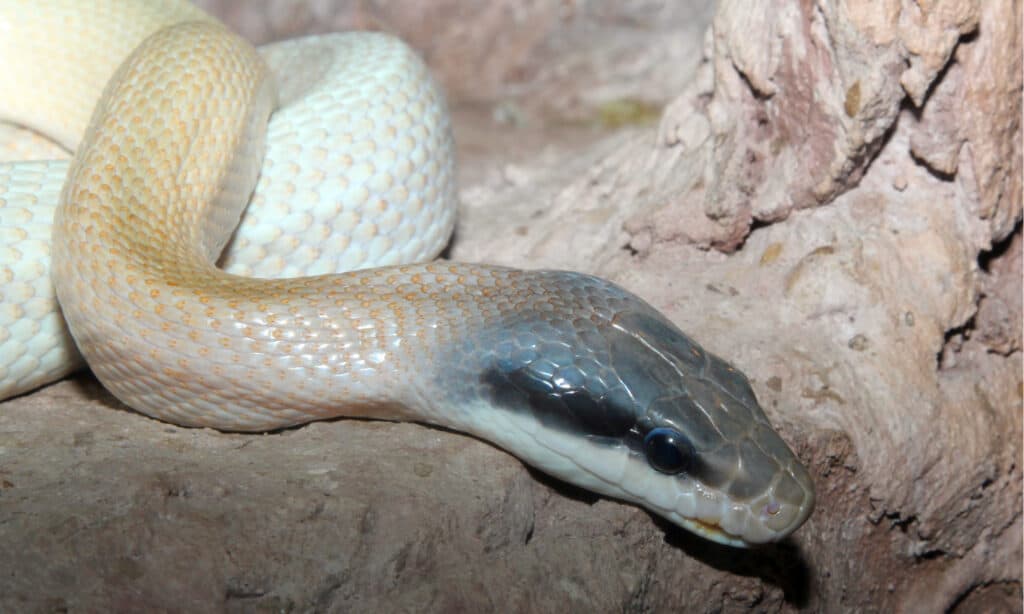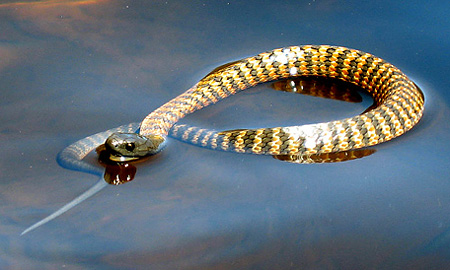Introduction
Australia, a land of varied wildlife, is home to many fascinating creatures, consisting of serpents that can inspire both awe and fear. Amongst these snakes is the tiger snake, recognized for its striking appearance and credibility as a poisonous killer. Therefore, one concern frequently arises: Are tiger snakes venomous? This article will certainly look into the misconceptions and realities bordering tiger snakes, their environment, behavior, medical implications of their attacks, and much more.
Are Tiger Snakes Venomous?
When it pertains to the concern of whether tiger snakes are venomous, the answer is a resounding yes. Tiger snakes (Notechis scutatus) are undoubtedly venomous and rank among one of the most harmful serpents in Australia. Their venom consists of potent neurotoxins that can lead to paralysis and also fatality otherwise dealt with promptly.
While deaths from tiger serpent attacks have become less typical as a result of advancements in medical treatment and antivenom availability, this does not decrease the demand for care when encountering these reptiles. The potential effects of a tiger serpent bite include serious discomfort at the site of the bite, swelling, nausea, trouble breathing, and neurological signs such as weakness or paralysis.
Types of Tiger Snakes
In Australia, there are a number of acknowledged subspecies of tiger snakes:
- Eastern Tiger Serpent (Notechis scutatus): Discovered primarily in southeastern Australia. Tasmanian Tiger Snake (Notechis scutatus): A subspecies discovered only in Tasmania. Black Tiger Snake: Recognized for its darker coloration.
Each of these types has variants in dimension and behavior yet shares similar venom characteristics.


The Environment of Tiger Snakes
Where Do They Live?
Tiger serpents are adaptable creatures discovered across numerous environments throughout Australia. They typically live in coastal areas but can also be found in marshes, swamps, riversides, and woodlands. Their choice for moisture-rich atmospheres makes them experienced swimmers; thus they flourish near water bodies like lakes or marshes.
Geographical Distribution
- Southeastern Coast: Home to Eastern tiger snakes. Tasmania: Controlled by Tasmanian tiger snakes. Northern Regions: Where you might run into much less generally seen variants.
Habitat Preferences
Tiger serpents like locations with plentiful cover where they can conceal from killers while searching for prey. They typically hunt small mammals, frogs, birds, and even fish-- making them flexible seekers within their eco-friendly niche.
The Composition of a Tiger Snake
Physical Characteristics
Tiger serpents have distinctive physical traits that separate them from various other Australian reptiles:
- Coloration: Normally grouped with yellow or light-colored red stripes on a dark background. Size: They can mature to 2 meters long; nevertheless, average sizes range in between 1.2 to 1.5 meters.
The special coloration serves both as camouflage against killers and while stalking target in their natural habitat.
Behavioral Traits
Understanding the behavioral patterns of tiger snakes is vital for those living within their geographical array:
- Nocturnal Activity: They are primarily active during the night however may additionally quest throughout the day. Defensive Behavior: When threatened, tiger serpents might hiss loudly or squash their bodies-- an indication suggesting they feel cornered.
Tiger Serpent Bite Symptoms
If bitten by dwarf crowned snake a tiger serpent, individuals should expect details signs that manifest soon after:
Severe local pain Swelling around the bite area Nausea or vomiting Difficulty breathing Neurological symptoms such as muscular tissue weaknessIt's vital never to ignore these signs; instant medical focus is important snakes in Tasmania complying with any kind of serpent bite incident.
First Aid for Snake Bites
Immediate Activities After a Bite
Knowing exactly how to respond quickly can conserve lives when dealing with possible snake bites:
Stay calm and still-- movement boosts venom spread. Call emergency situation solutions immediately. Keep the affected arm or leg paralyzed listed below heart level. Avoid cutting or sucking out poison; this old partners' story might aggravate conditions. Remove limited apparel or fashion jewelry near the bite site.First Aid Kit Fundamentals for Snake Bites
A well-stocked emergency treatment set ought to consist of items specifically beneficial in treating serpent bites:
|Item|Function|| --------------------------------|-----------------------------------------------|| Sterilized bandages|To cover injuries|| Antiseptic wipes|To cleanse around bite area|| Emergency situation get Venom extraction and antivenom production in Australia in touch with numbers|For quick accessibility during emergency situations|| Compression plaster|To aid immobilize influenced arm or leg|
Proper prep work can make all the difference when an emergency strikes.
Fact vs Myth Regarding Tiger Snakes
Myth 1: All Snakes Are Aggressive
Contrary to common idea, not all serpent varieties exhibit aggression towards people. As a matter of fact, numerous would rather pull back than confront us.
Myth 2: A Bite Always Brings About Death
While fatal bites do take place-- many thanks mainly to delayed healthcare-- the majority of attacks are non-fatal if dealt with quickly with antivenom.
Myth 3: You Can Suck Out Venom
This commonly held idea is incorrect; attempting to suck out poison only enhances complications rather than minimizing them!
FAQs
1. Are baby tiger snakes extra unsafe than adults?
Baby tiger serpents might possess less poison than adults however commonly deliver attacks without hesitation because of being more frightened.
2. The length of time does it consider symptoms to appear after a bite?
Symptoms normally appear within mins but can occasionally take hours relying on factors like specific health conditions.
3. What should I do if I see a tiger snake?
Maintain distance! Stay clear of provoking it; most encounters end without incident if you value their space.
4. Exists an antivenom available for tiger snake bites?
Yes! Antivenom exists specifically created for dealing with health problems brought on by tiger serpent attacks-- it's crucial to look for expert medical aid immediately!

5. Can I keep a tiger serpent as a pet?
Keeping any wild serpent species presents significant risks due mainly to their breeding routines & & dietary requirements-- it's best left in nature!
6. How widespread are snake attacks in Australia?
Australia sees hundreds of snakebite cases annual; nevertheless casualties have lowered substantially many thanks largely due boosted recognition & & medical care access!
Conclusion
In verdict, understanding whether "Are Tiger Snakes Venomous?" carries considerable implications for personal safety when connecting with these interesting reptiles native to Australia's varied environments can not be overemphasized!
Arming ourselves with expertise concerning these creatures-- from their habitats and behaviors down through reliable first aid practices-- encourages us towards more secure coexistence together with wild animals while mitigating threats connected with accidental encounters!
By cultivating education regarding our atmosphere's details-- not simply focusing solely on anxiety-- we lead pathways towards much better admiration & & preservation efforts profiting both humankind & & nature alike!